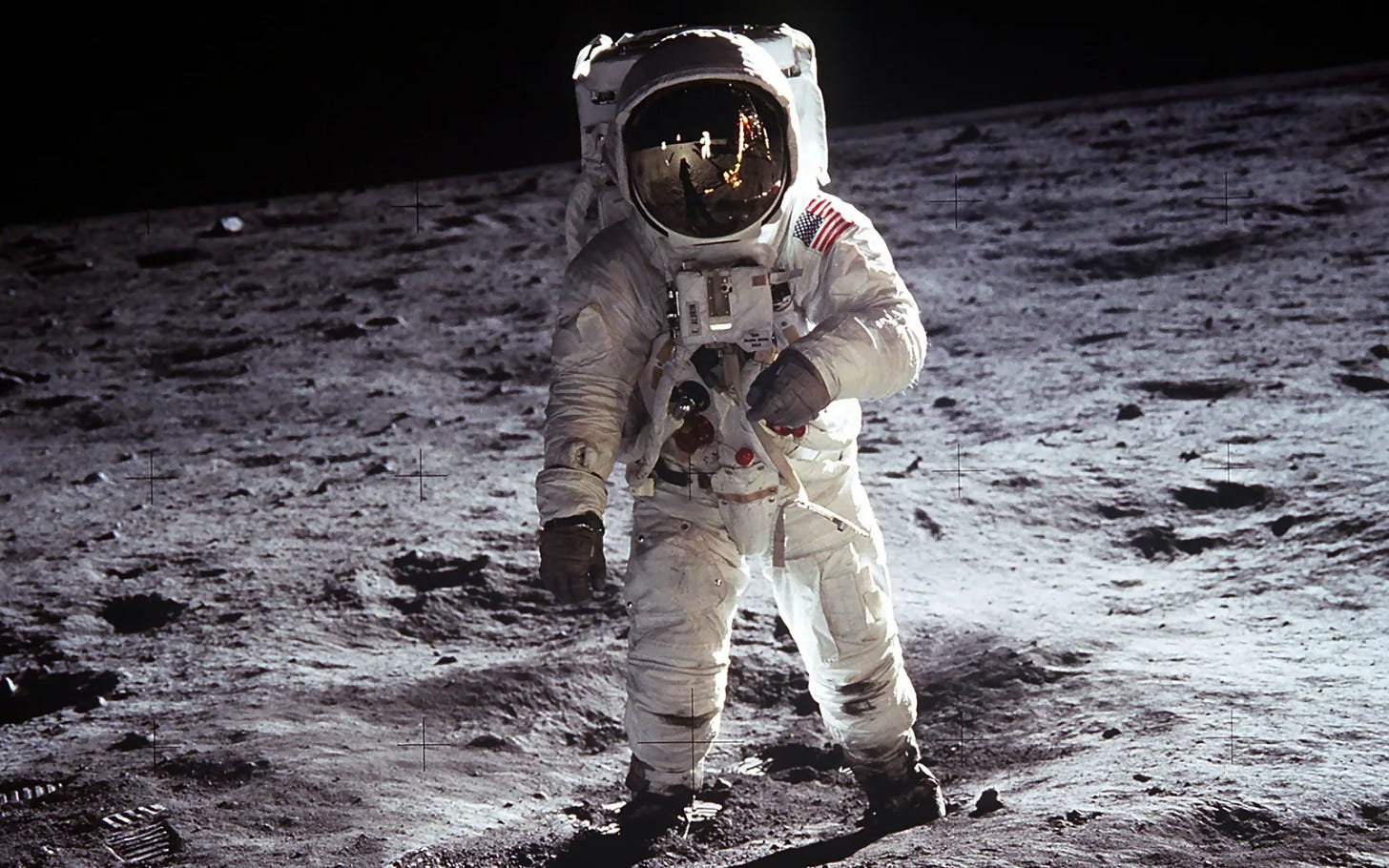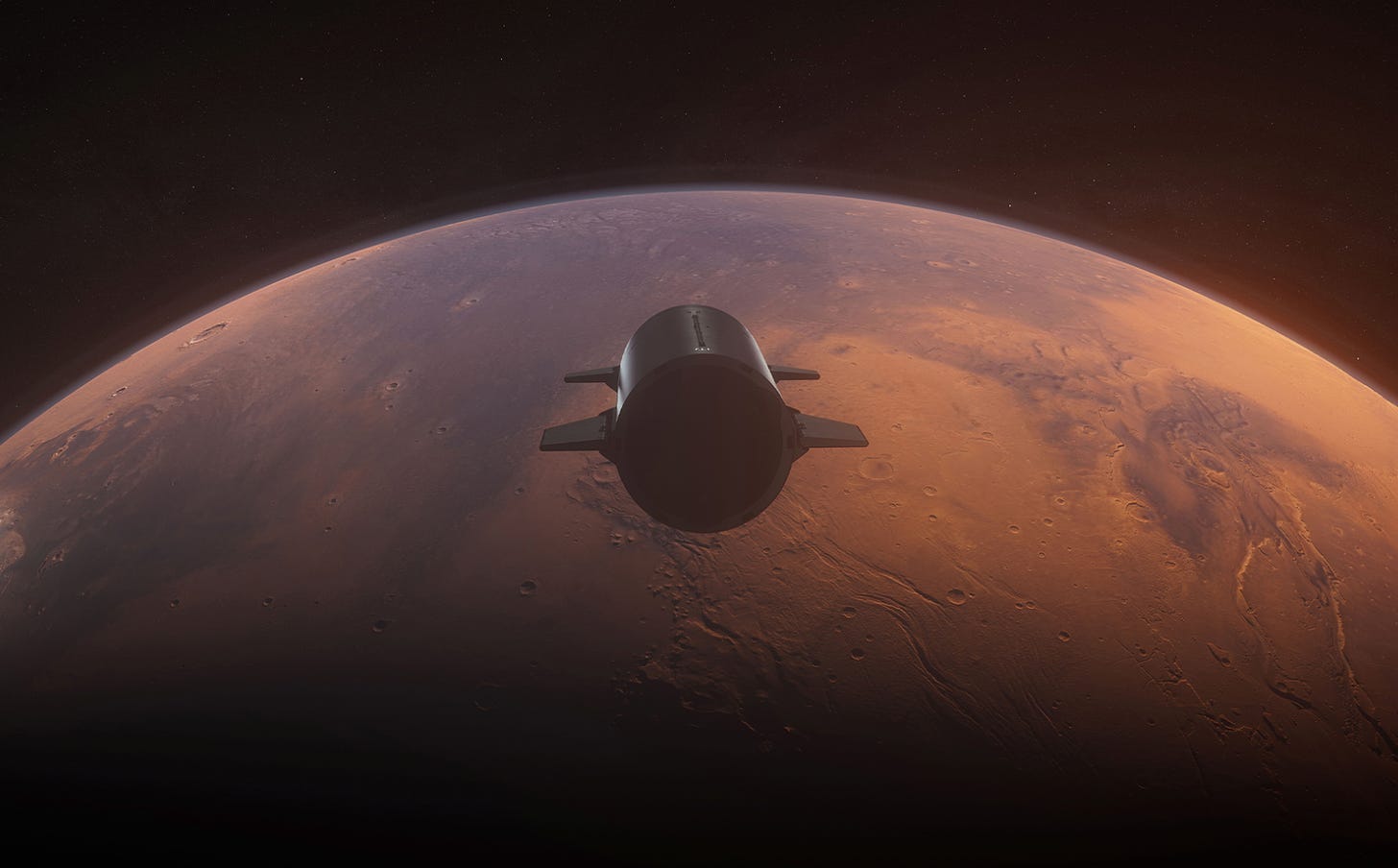Why Raise the Ceiling (vs Floor) of Human Potential?
Why should we pour billions into space exploration while millions starve on Earth? It’s a debate between ‘raising the floor‘ — improving baseline living standards of masses — vs ‘raising the ceiling‘ — pushing the boundaries, often reserved for the elite at first. Which has historically yielded more for humanity?
Many transformative moments in history came from ambitious attempts to raise the ceiling, even if they initially appeared to serve only the elite.
It might sound counterintuitive, but history shows that by raising the ceiling, we often inadvertently raise the floor, leading to a broader improvement of the human condition.

Why go to Mars instead of curing world hunger?
Every announcement about a new space voyage invites the same criticism: “Is this the best use of our resources?” Often followed by some variation of: “Why not focus on curing world hunger instead?”
In 1970, a Zambia-based nun named Sister Mary Jucunda wrote to Dr. Ernst Stuhlinger, then director of NASA. She asked how he could suggest spending billions of dollars on such a project at a time when so many children were starving on Earth.
In his response titled “Why Explore Space?“, Stuhlinger highlights the unforeseen benefits of space exploration.
He explains how innovations like GPS, improved weather forecasting, and satellite communication, though not the primary objectives, become direct products of space exploration. These tools, he argues, are among the best we have to improve food production and, in turn, address world hunger.
His central argument is that in our pursuit to raise the ceiling, we inadvertently, yet significantly, raise the floor for all. An interesting story from his letter illustrates this point:
Around 400 years ago in Germany, a generous count supported a man who made optical gadgets to observe tiny creatures. Despite the town’s criticism, believing the count was wasting money during the times of the Plague, the count continued his support, foreseeing the potential of the man’s work. This work eventually led to the invention of the microscope, a tool crucial in advancing medicine and eradicating diseases like the very plague the town complained about.
As we venture into space, we’re not just reaching for the stars but also unlocking potential solutions for challenges right here on Earth.

The Age of Exploration
In 1492, several significant events occurred: England and France signed a peace treaty, Lorenzo de Medici, the richest man in the world, died.
Yet, today the only event we remember from that year is Christopher Columbus funded by the elite, sailing off into the ocean. It was this journey, aimed not at immediate mass benefit but at expanding horizons of human knowledge, that left an indelible mark on history.

Columbus’s expedition kick-started the Age of Exploration. The voyage led to economic growth by uncovering new trade routes and resources, setting the stage for global commerce. It catalyzed technological advancements in shipbuilding, cartography, and navigation. It promoted the exchange of agricultural knowledge across continents contributing to population growth.
Columbus’s expedition, initially designed to serve only the select few, eventually became the bedrock upon which today’s globally interconnected world was built.
The Age of Internet
In the 1960s, during the height of the Cold War, the U.S. saw its communication systems as a potential weakness. The answer? ARPANET, born in 1969, funded by the Department of Defense. This was the precursor to todays internet.
The initial aim of creating the Internet was to raise the ceiling by innovating decentralized communication, not immediately to provide a tool for all.

Today, that invention has ripple effects worldwide. In India, for instance, it’d be difficult to find a Chaiwala that does not accept internet-enabled payment. If you’re reading this post, I don’t need to elaborate further on the significance of the internet.
The Internet and social media have transformed society in ways we couldn’t imagine. The internet, originally designed for defense and academia, became the backbone of our modern world, enabling global communication, commerce, and innovation.
As transformative as the internet was, its real potential was unlocked by a companion technology — a pocket-sized marvel.
The Age of Smartphone

On June 29, 2007, Steve Jobs introduced the iPhone. Priced at a staggering $500, it wasn’t for everyone but aimed to redefine phones for the elite. However, within a decade, smartphones became indispensable for billions.
Ironically, many efforts in the 90s and 2000s sought to ‘raise the floor’ by expanding internet access in Africa – through air balloons and the OLPC( One Laptop Per Child) – all of which failed. [1,2]
Yet, the mobile phone, which began as a luxury item for the elite, became the key to democratizing internet access in developing countries.

Beyond Baselines
Throughout human history, it’s the efforts aimed at raising the ceiling that have invariably led to advancements for all. By the nature of technology, it becomes better and cheaper over time, eventually reaching many. Almost all good things in life that you appreciate today started off with an elusive and unattainable goal.
The ripple effects of these groundbreaking technologies, have reshaped societies and economies, touching countless lives in unimaginable ways.
As we stand on the brink of new frontiers, from space exploration to AI advancements, we must ask ourselves: will we settle for simply elevating the baseline, or will we dare to continuously raise the ceiling?
As a side-note, here are some ongoing efforts that make me excited about the future:
LLaMA: A foundational, 65-billion-parameter, fully open source, large language model designed to democratize and help anyone advance their work in Artificial Intelligence.
CRISPR/Cas9 – a gene-editing technology we can harness to modify, delete or correct precise regions of our DNA.
Bitcoin: I know, some of you probably just rolled your eyes : ) but to me it represents a decentralized currency system which has potential to revolutionizing global finance and governance.
Starship: Designed to send 100 metric tonnes of payload to orbit at the cost $2M, this is 50x improvement to anything that has ever existed.

A special thanks to Nat Friedman, whose words on his website, ‘You should probably work on raising the ceiling, not the floor,’ sparked the idea for this post.



